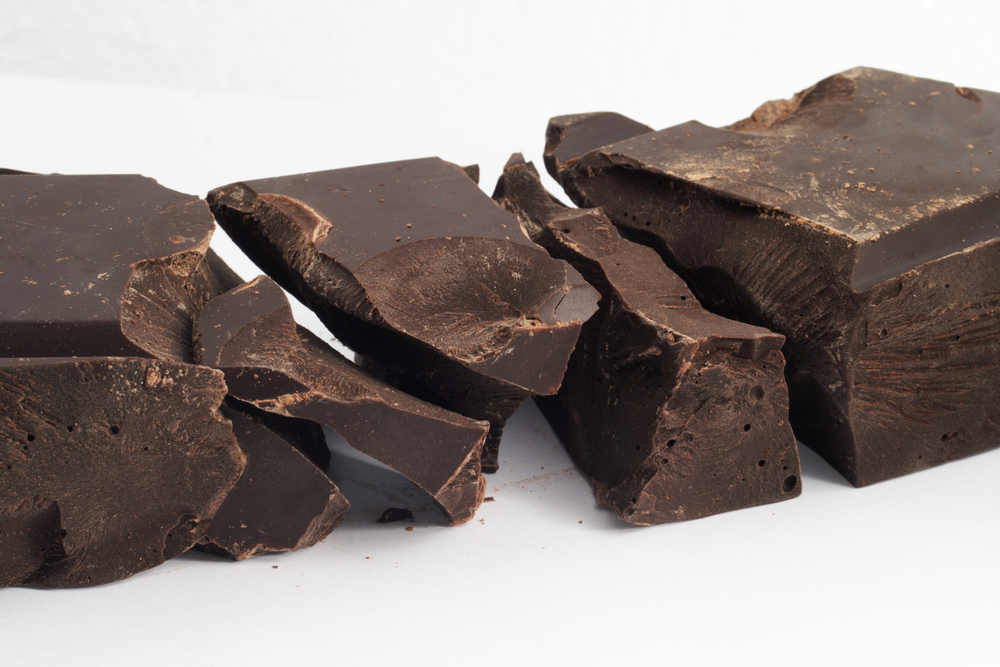Malt vs Grain Whiskeys: Where Distillers Divide

If you follow the rise and development of craft distilleries, you’ll find that those producing whiskey are often divided. Some will produce malt whiskeys while others will concentrate on grain whiskeys.
The basic difference between grain whiskeys and malt whiskeys is the grains from which they are produced, explains Joe Nelson, distiller and brewer for Five & 20 Spirits and Brewing. For example, “malt” whiskey is the common name for a spirit made from at least 51% barley which has been malted (a process in which the grain is allowed to partially germinate before being used in the brewing process)
On the other hand, grain whiskeys are spirits made from a mash that has at least 51% of any specific grain. For example, rye whiskey is 51 % rye. Grain whiskeys can be malted or unmalted.
It’s All in the Process
When it comes to production differences, Nelson says it’s mostly up to the distiller who is producing the whiskey. “Generally, malt whiskey is fermented as a wash, which is the sugary liquid extracted from the mash,” Nelson explains. “Grain whiskeys such as rye whiskey are usually done “on the grain,” which means the entire mash is fermented and distilled without the separation of the grain solids from the sweet liquid.”
Why is this important? Because although there could be other differences between malted and grain whiskey, the only ones set in stone are these: malt whiskey is a named used to describe whiskey made of malted barley, while grain whiskey refers to anything else (any grain or combination, malted or not).
Flavor and Texture Influences
While much of the difference is a question of personal taste and what grains the distiller chooses to work with, Nelson says there are sensory differences, especially connected to the inherent flavors of the grains used.
For example, barley malt tends to have a sweeter, toastier flavor when distilled, and rye tends to be spicier, Nelson explains. Barley is also softer on the tongue. Other grains are either smokier, darker or more flower-like. And while those are just the basic differences, Nelson explains this is where the distiller’s influence comes into play.
“Grain bills can be as complex or as simple as you want to make them, and they will all yield different flavor profiles,” Nelson explains. “The myriad roast levels of different malts (think of the different colors of beer) and even the varietal of grain used can make a difference in the taste.”
In the end, much of the ultimate quality and taste of a whiskey depends on the quality of its production. Handcrafted, small batch distilleries that put an emphasis on the quality often end up with more delicate, richer undertones, regardless of whether they are producing malt or grain whiskey.
















